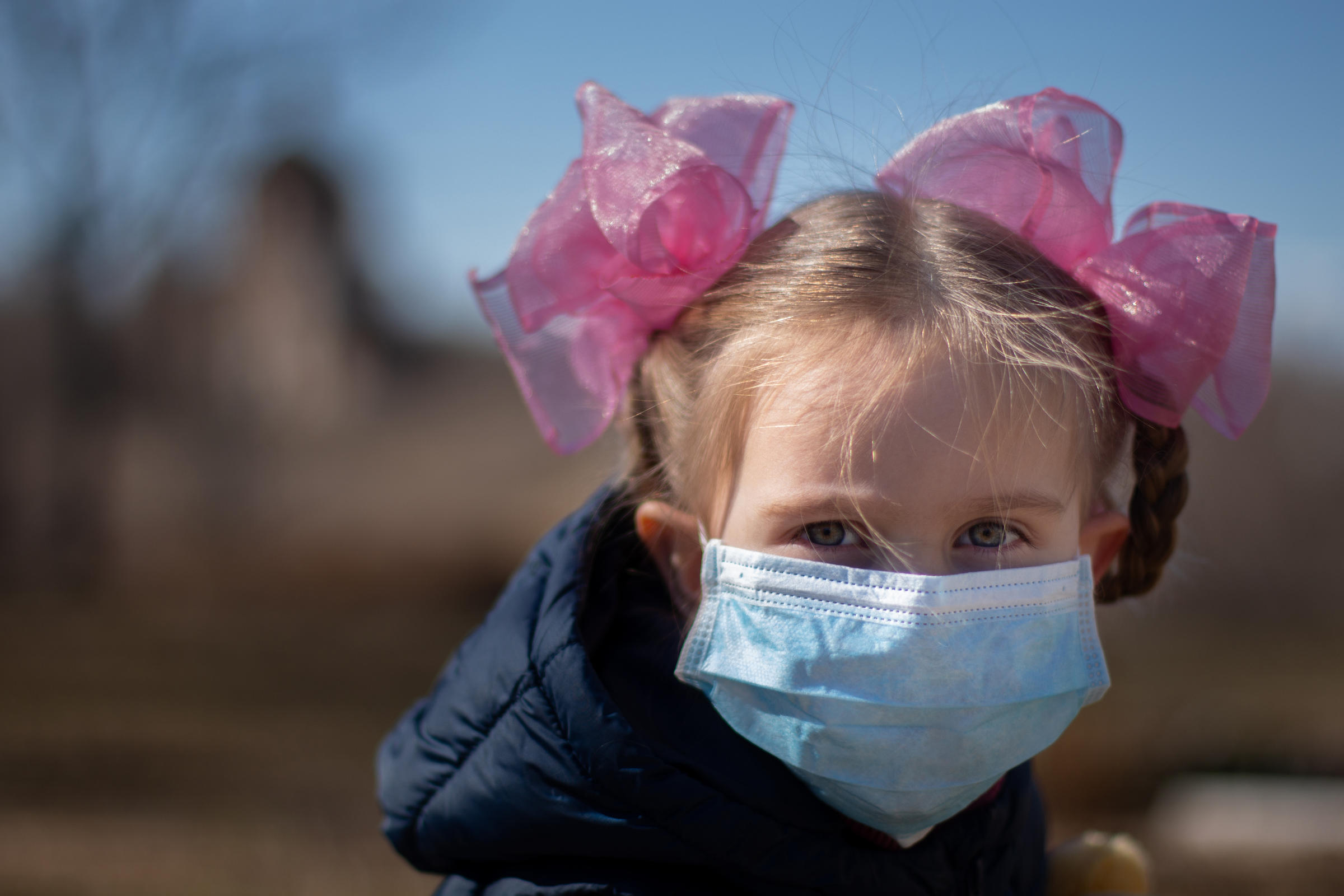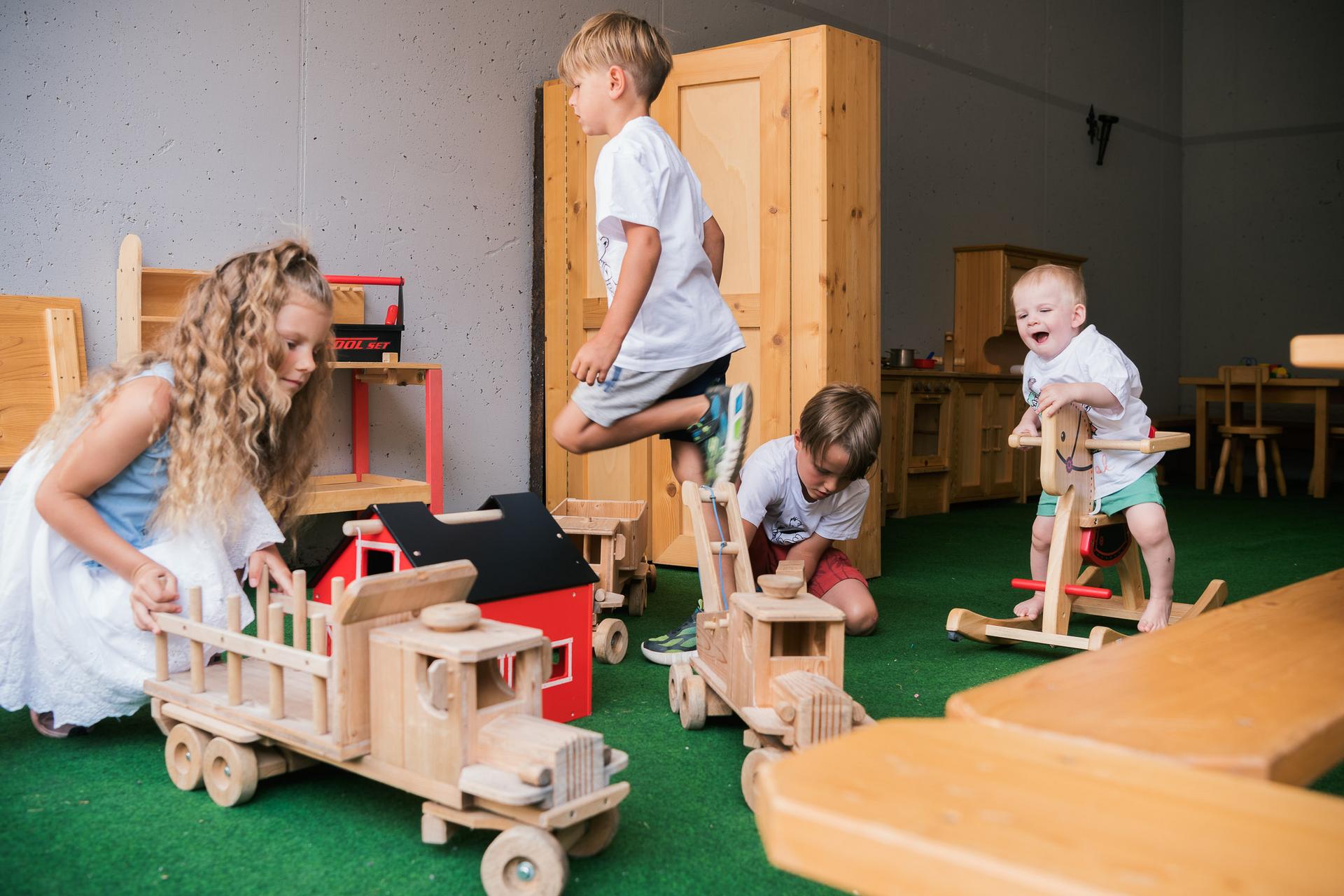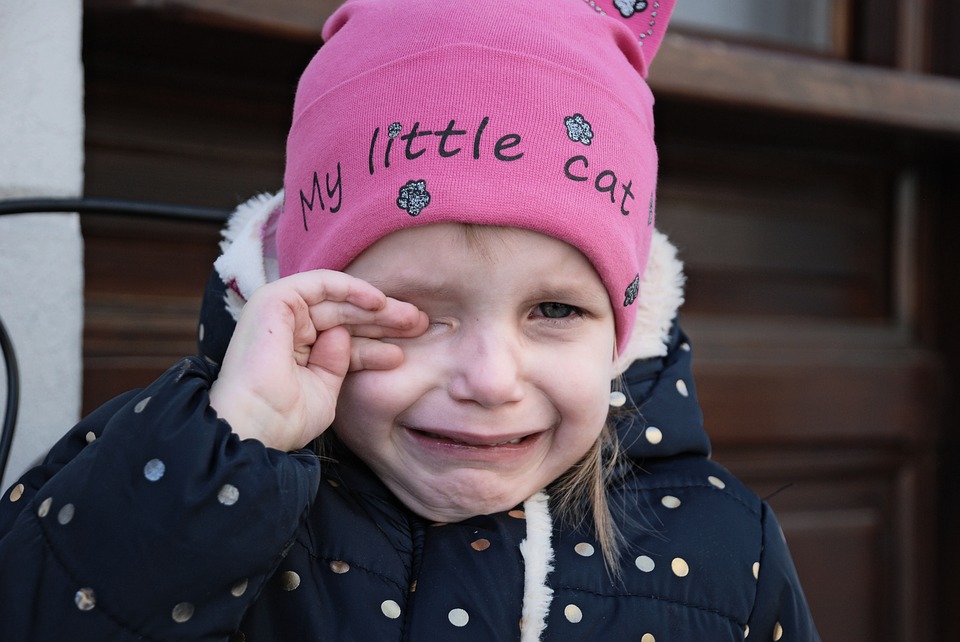Child care is the professional care and supervision of a child or multiple children at ages ranging from two weeks to eighteen years. Child care is a broad topic covering a wide spectrum of professionals, institutions, contexts, activities and social and cultural conventions. Early child care is an equally important and often overlooked component of child development.
Care facilitated by similar-aged children covers a variety of developmental and psychological effects in both caregivers and charge. The child’s extended family may also take on the caregiving role. For those without an extended family to care for the child when the parents are at work, there are many professional daycare centers scattered throughout their communities.
Child Care in the United States
Despite some federal child care subsidies for low-income families, in most states, child care represents the most significant expense for families with young children, even more than housing and food.
The cost of child care has increased over the years and put a tremendous strain on household budgets, particularly for those with two children or more.
In the most expensive state – Massachusetts – the average annual cost of center-based childcare was $20,880 by August 2020, representing 69.1% of income. In most states, the cost represents over 30% of “median income for single mothers”. The average annual cost in Mississippi is $4,863.
According to one 2001 journal article, more than one-half of the children in the United States attended childcare facilities. This number has been on the rise as the number of working parents has increased. This increase in the number of children required to have some sort of childcare service has made childcare facilities more necessary than ever.
COVID-19 and Its Effect on Child Care

Prior to the pandemic, there were approximately 675,000 childcare providers in this country, predominately small businesses already operating on thin margins. The public health crisis of COVID-19 has had a devastating effect on the childcare industry. In the spring of 2020, many childcare providers closed their programs to follow public health guidance, leading to lost revenue for weeks and months at a time. While many providers have now re-opened as states have begun to open up, they still operate with limited capacity and increased operational costs.
Providers are committed to following health guidelines to ensure the safety of the children and their staff but it has been a difficult transition for most providers. Many providers need to hire additional janitorial staff, even with reduced enrollment to keep up with rigorous cleaning protocols.
For smaller providers, especially those that are home-based, acquiring cleaning supplies has been very complicated because:
- cleaning supplies are often out of stock
- stores have placed purchasing limits on cleaning supplies and providers may not be able to buy enough of what they need
- the providers themselves often bear the cost of purchasing equipment or supplies, further cutting into operating margins
In many cases, providers have needed to lay off or furlough staff to continue operating. Some providers are worried about being able to bring back their staff when they increase capacity as their staff are receiving more money from unemployment benefits which put them in a very awkward position.
Significant public investment is ultimately the only way to address the lack of affordable, quality child care in the early childhood system. In states, governors and state legislators can prioritize funding for early childhood to make significant changes to their subsidy systems, increase the number of eligible families and increase the reimbursement rate providers receive to cover the cost of a high-quality program.
At the federal level, the Child Care for Working Families Act – re-introduced in Congress in 2021 – provides a comprehensive model of a progressive early childhood system. If passed, the bill would dramatically increase eligibility for child care subsidies to cover most working families. It would limit family contributions to no more than 7% of family income, ensuring all families pay their fair share.
In the long term, it is clear that the “giant math equation” can only be solved with a significant increase in public investment in early childhood education, particularly for infants and toddlers. The near – and long-term benefits for children, their families and society make early childhood education a worthwhile investment – one that is critical to the nation’s prosperity.
Let us know in the comment section what you think about the child care system in the country.







